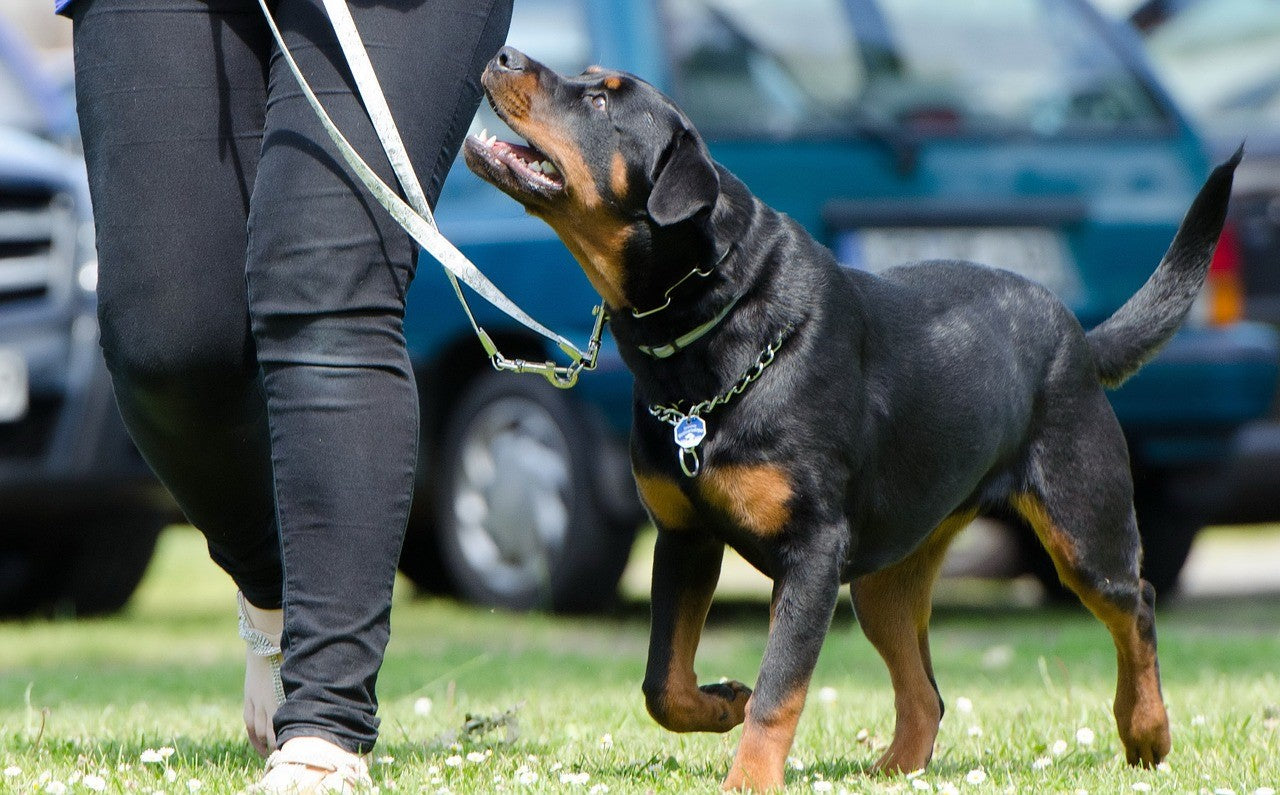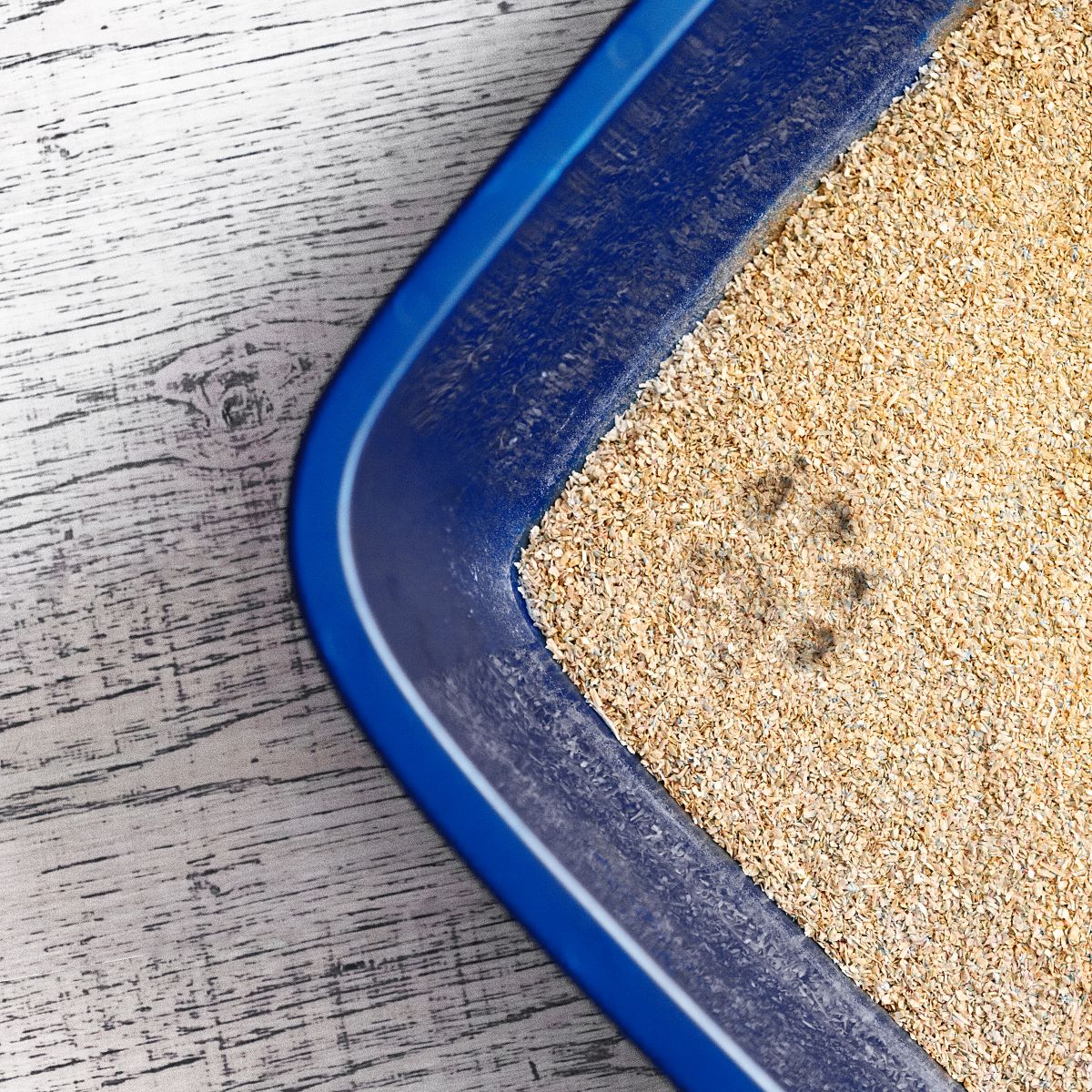
How to Train Your Dog to Prevent Aggressive Behaviour?
Dogs are friendly animals. However, sometimes they get protective and use aggression as their defensive tactic.
Territoriality, frustration, or their instinct to guard their resources or loved ones can turn good dogs into cruel and aggressive ones. As a dog owner, it's difficult.
However, there are ways to train your dog out of aggression. It begins with identifying their triggers, positive reinforcement, and gradually exposing them to triggers. Once the potential and underlying issues are identified, you're ready to train your dog to be humble and friendly.
Remember, punishment is never the right treatment for an aggressive dog. However, if you're ready to calm your dog down and teach them to be friendly, read this blog post.
5 Ways to Train Your Dog Not to Act Aggressively
The following are five ways to help your dog grow out of aggressive behavior and become more sociable.
1. Identify and Address Triggers
The first and most crucial stage involves identifying triggers. Start by understanding what puts your dog on the edge of his patience. Follow the two crucial steps to this phase:
Observe
Observe and pay very close attention to the situations, objects, and responses that cause them to be angry and aggressive. You could observe common triggers such as fear, territorial behavior, pain, or resource guarding.
Consult professionals
Even with a good understanding of dogs' behaviors, it's possible to fail to predict what causes such behaviors. If that's what you're struggling with, it's time to seek guidance from a veterinarian or certified dog trainer.
2. Positive Reinforcement and Counterconditioning
The best way to train your dog out of aggressive behaviors is through positive reinforcement. Use treats, praise, and toys to give their mood a positive boost. When the dog starts to show desired behaviors, appreciate it using toys, praise, and treats. This works really well when they are able to encounter triggers at a safe distance.
Gradual exposure to the triggers helps your dog build immunity against them and reduce aggressive behaviors over time. Introduce the triggers slowly in a controlled environment, helping your dog build a sense of comfort and tolerance for them.
Yes, the process would take time. When your dog starts to show signs of aggression between training sessions, redirect their attention with positive activities like a command or through toys.
3. Create a Safe Space
Dogs show aggressive behaviors when they are territorial, guarding their resources, or reacting to a trigger. It's essential to create a safe space for your dog so they don't become overly protective.
Create a designated area for your dog's comfort. Your dog should be able to use this space when they need comfort or let their guard down.
A safe environment is also one that doesn't create overwhelm. This is a space where your dog doesn't have to worry about interacting with others and avoids overstimulation.
4. Socialization and Training
Dogs are social animals, and it's important to train your dog to build familiarity and comfort with other people. Build a comfortable environment where your dog can interact and engage with other humans and develop confidence and social skills.
Furthermore, basic obedience training is also essential to help them learn to stay away from aggression. Your dog should be able to respond to commands such as "sit," "stay," and "come." These are extremely helpful commands to help you manage your dog's aggressive behavior.
5. Professional Help
It's possible to bring out a calm demeanor in your dog through training, positive reinforcement, and building a safe space. However, sometimes the level of aggression might go beyond the boundaries of restraint. That's where it's essential to seek professional help. Before you learn about your liability in dogbite attacks, seek professional help.
Consult with a behaviorist to rule out any underlying medical issues that could have caused such behavior. They should help you with plans and techniques to modify those behaviors and train your dog out of aggression.
Work with a certified dog trainer. They will help you with appropriate training techniques for your dog. You will learn to implement the right behavioral techniques for your dogs. Behavior modification programs, led by certified dog trainers, are the most effective way to bring about behavioral changes in your dog. Furthermore, if you feel that the issues are medical, don't hesitate to discuss them with a veterinarian.
What You Must Avoid!
While following the five steps to training your dog out of aggressive behavior, try to avoid punishment. Punishment or harsh reactions to aggressive dogs only worsen the condition. When the dog's behavior changes, with time and consistency, your dog learns to grow out of anxiety and difficult mental health issues. Eventually, positive training will help you bring your dog out of aggressive behaviors.
However, despite all the different measures discussed here, it's essential to maintain your own safety. When you see that your dog is becoming extremely dangerous, muzzle-train it. It's also essential to seek professional help.








 email us
email us